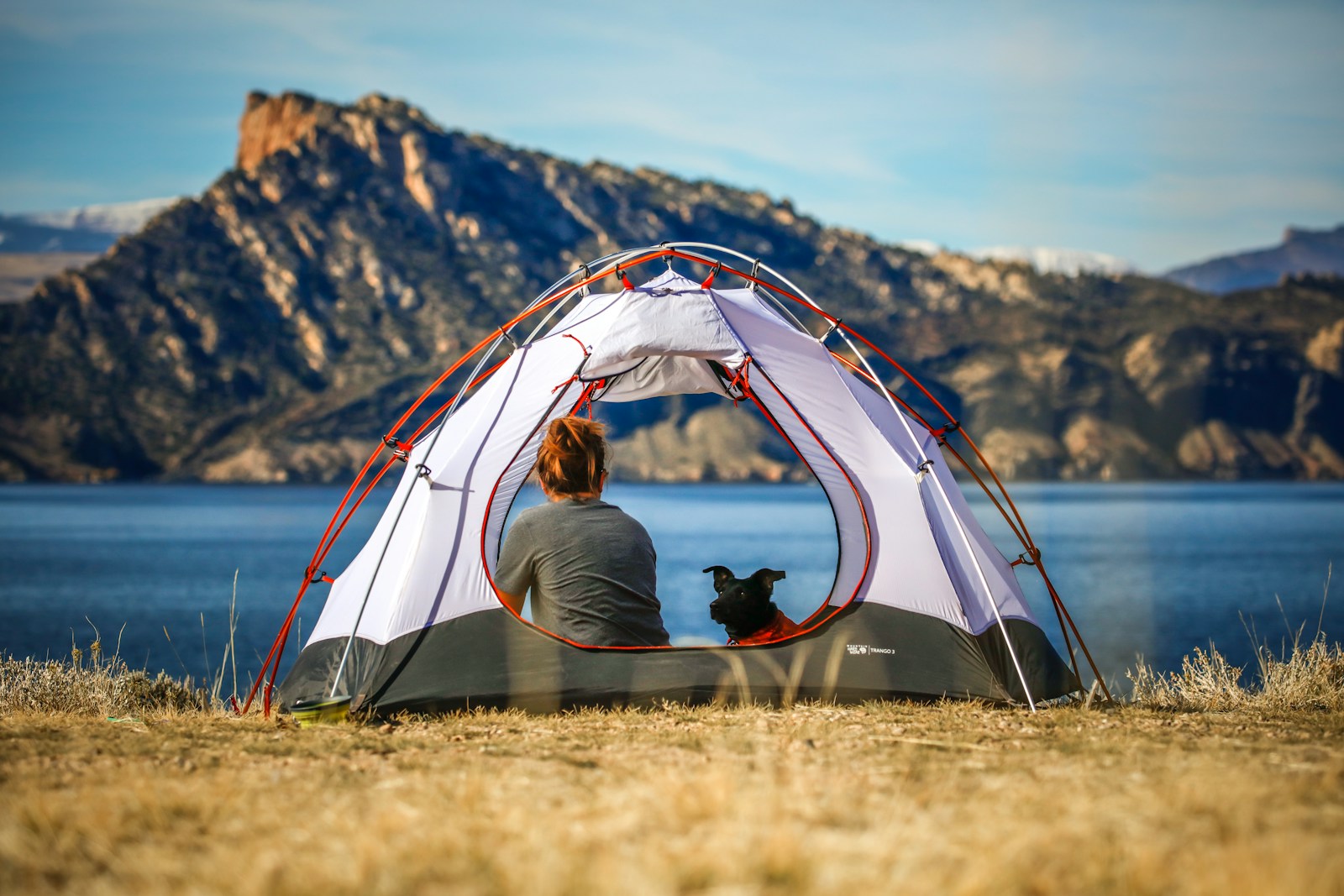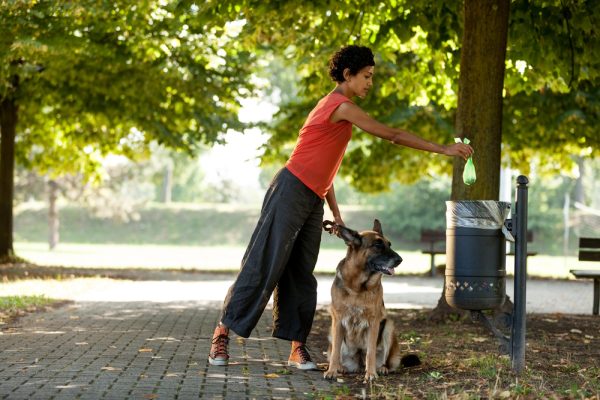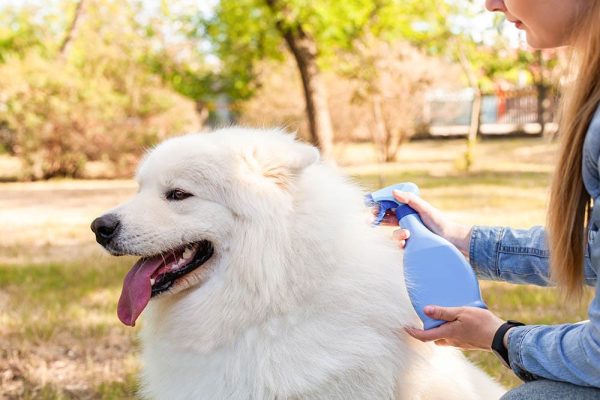In this article
While many of us love sharing outdoor experiences with our dogs, it’s critical to appreciate our pets’ impact on the natural habitats they enter. Realizing the importance of promoting safe, healthy, and eco-friendly canine behaviors on the trail, the National Park Service created the B.A.R.K. Ranger program.
B.A.R.K. Rangers serve as models of canine conservationism, showing faultless respect for nature and setting a positive example for other pets in the park. If you’re wondering how your pet can join this prestigious group, we’ll explain the B.A.R.K. Ranger program and how it can help dogs and owners be better stewards of the unsullied landscapes around us.

What Is the B.A.R.K. Ranger Program?
While many hikers in the country’s national parks follow essential principles of good behavior, cleanliness, and consideration for plants and wildlife, they often don’t hold their pets to the same standards. Dogs significantly affect the areas they explore, engaging wildlife and rummaging through plants in ways that can alter entire ecosystems.
Recognizing their agency in maintaining these delicate habitats, the National Park Service began the B.A.R.K. Ranger program for dogs in 2015. The program is an extension of the NPS’s Healthy Parks Healthy People initiative, highlighting the value of parks in promoting environmental sustainability and good physical health for people and their pets.
The B.A.R.K. Ranger program raises awareness and educates visitors, improving their hiking experience and limiting their dogs’ impact. It empowers park visitors to hold themselves and others accountable and establishes structure and goals that encourage participation.
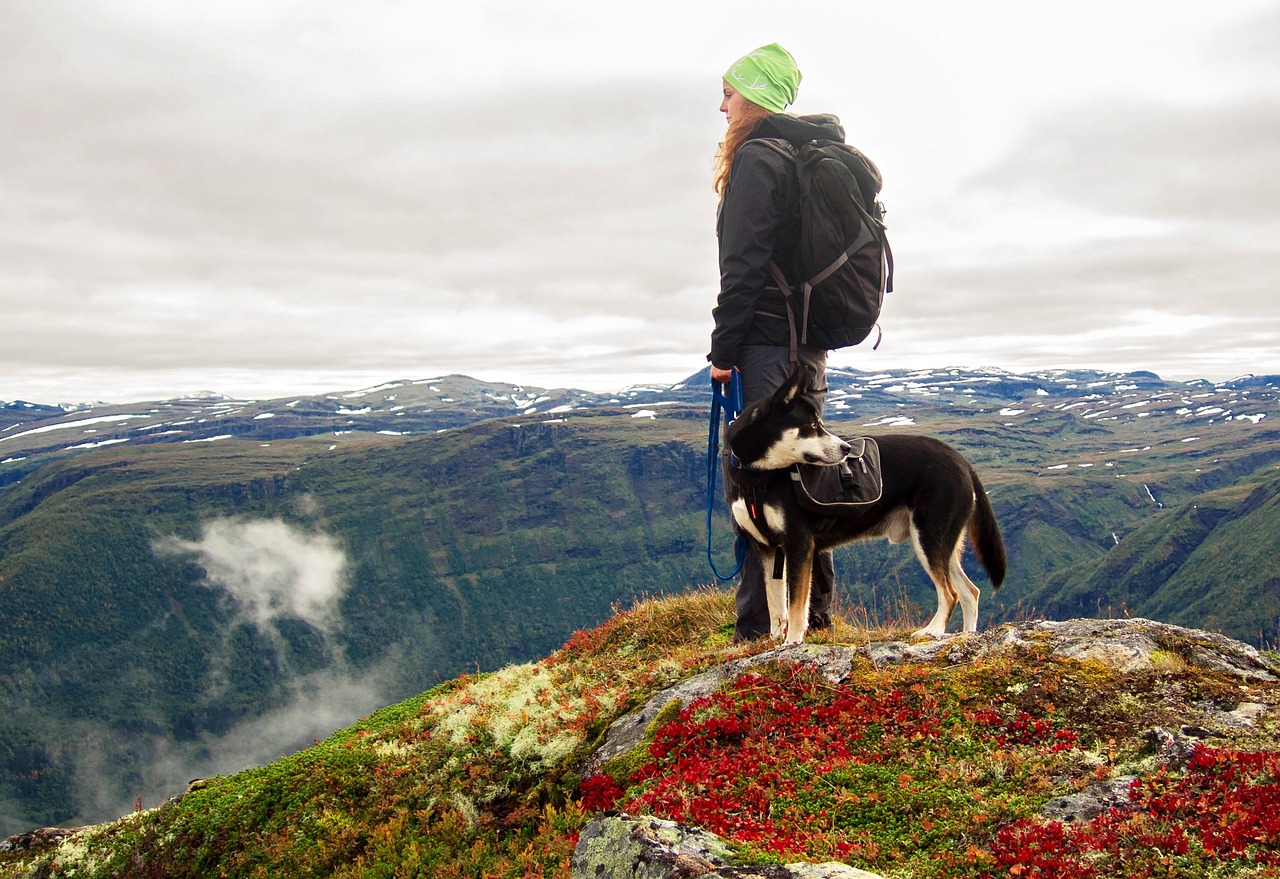

B.A.R.K. Ranger Responsibilities
B.A.R.K. is an acronym that reminds owners of the essential actions it takes to be considerate, responsible visitors of the National Park system. The dog’s duties are similar to the critical principles hikers follow, particularly the Leave No Trace policy. The following is what it takes to be a B.A.R.K. Ranger.
1. Bag Your Waste
Always pick up your dog’s waste and dispose of it in an appropriate receptacle. Poop on the trail is unpleasant for other hikers (especially if they step in it), but dog feces also contain bacteria and nutrients like nitrogen and phosphorus that can harm organisms, pollute water sources, and destroy plant life.
Cleaning up after your dog is a crucial step in preserving natural habitats. If you forget to bring them, many parks provide waste bags near trailheads and waste drop-off points.
2. Always Use a Leash
Keeping your dog on a 6-foot leash is not only a requirement that could subject you to fines if you break it, but it’s also an essential consideration for the safety of your dog, those around you, and the environment.
Even well-behaved dogs may encounter new stimuli or find themselves in overwhelming situations that can make them too excited to control by voice.

3. Respect Wildlife
Pets risk harming themselves and other animals by provoking or encroaching on their space. Many animals are powerful, venomous, or disease-carrying, and your dog may likewise transmit infectious bacteria or parasites if they engage any critters they meet.
You and your dog are guests in this space, meaning you must maintain your distance, avoid startling animals (i.e., no excessive noise), and show the utmost respect for their territory.
4. Know Where to Go
Many national parks do not allow dogs to enter unpaved trails, monuments, enclosed areas, and other specified sections. Service dogs and authorized law enforcement canines are the only exceptions. Generally, you can bring your dog wherever cars can go. Areas that don’t typically allow dogs include:
- Swimming areas
- Park buildings, like visitor centers
- Public transportation
Hiking options are often also limited, and many parks only allow dogs in paved areas. Regulations vary from park to park. If you’re planning a hike with your dog, check the NPS website’s section on the park you’re visiting or call the park.
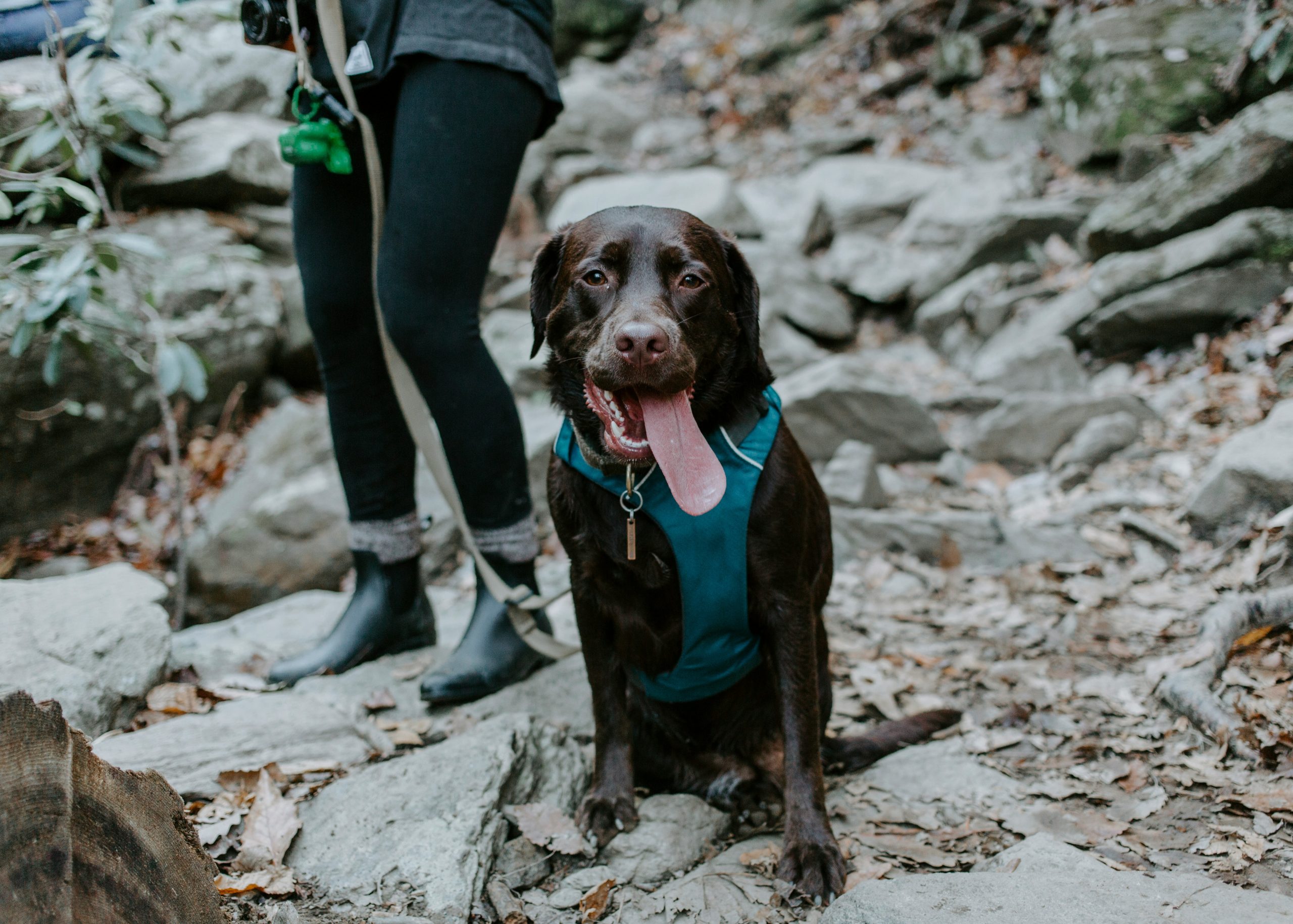

How to Become a B.A.R.K. Ranger
Individual parks have all the discretion to participate in and design their unique B.A.R.K. Ranger programs. The path for your dog to become a Ranger can vary considerably from one location to the next. Some parks require you to read and agree to the rules before making your dog an official B.A.R.K. Ranger.
Others have a park ranger swear in your dog and take you on a ranger walk, or you may have to complete an activity checklist and sign a pledge. Regardless of the process for your dog to become a B.A.R.K. Ranger, it’s almost always quick and straightforward.
You can learn how your dog can become a ranger at each park by calling them or inquiring at the park’s entrance booth or visitor center. Newly minted rangers earn a badge, leash tag, or certificate and, in many cases, a treat for their commitment to following park policies.
Parks may provide badges and other souvenirs for free, but many charge a small fee.
What Do B.A.R.K. Rangers Do?
Once your dog becomes a B.A.R.K. Ranger, it’s their responsibility to set the example for all other dogs in the park. You can offer insights to other visitors and spread the word to promote the program. You can post your dog’s accomplishments to social media, using #barkranger and tagging the national park to tell friends and family about the program and the importance of wilderness conservation.
The B.A.R.K. Ranger program provides owners with a fun activity as they try to earn ranger status for their dogs at each park they visit. The program is also an excellent opportunity for parents to teach environmental responsibility to their children in a fun, engaging, and memorable way.
Do All National Parks Have the B.A.R.K. Ranger Program?
Dozens of the over 400 national parks countrywide run an official B.A.R.K. Ranger program. Most advertise the program to park visitors, offering information on park rules and B.A.R.K. Ranger responsibilities at entrance booths and visitor centers.
The National Park Service provides a map of national parks that allow pets, though it may not keep up with every park policy change. Play it safe before making the trip by calling the park to ask about their pet policies and if they have a B.A.R.K. Ranger program.
Even if the location you’re visiting doesn’t feature it, the B.A.R.K. principles are an essential, easy-to-follow guide for proper practices in any national or state park.
Tips for Hiking Safely With Your Dog
Training and preparation are critical to guarantee a fun, safe, and fulfilling outdoor excursion for you and your pet. Alongside the B.A.R.K. guidelines, the following are a few tips to ready your dog for hiking the national parks:
- Train essential obedience commands, including “wait,” “leave it,” “drop it,” and a firm recall, in case you lose control of the leash
- Teach on-leash manners, such as checking in and returning to heel
- Walk your dog daily to socialize them and make them comfortable around animals and people
- Teach proper greeting behaviors, like not jumping up and checking with you before interacting
- Socialize your dog as much as possible
- Condition your dog on long walks and short hikes
- Update your dog’s microchip information in the relevant databases
- Ensure your dog is up to date on flea, tick, and heartworm preventatives
Before going to the park, pack everything needed to keep your dog safe and energized to make it through the hike. Alongside their poop bags to handle the “B” in B.A.R.K., bring plenty of water, collapsible bowls, collar ID tags, and your dog’s first aid kit.
You can even train your dog to wear a backpack to help you carry some of their gear.
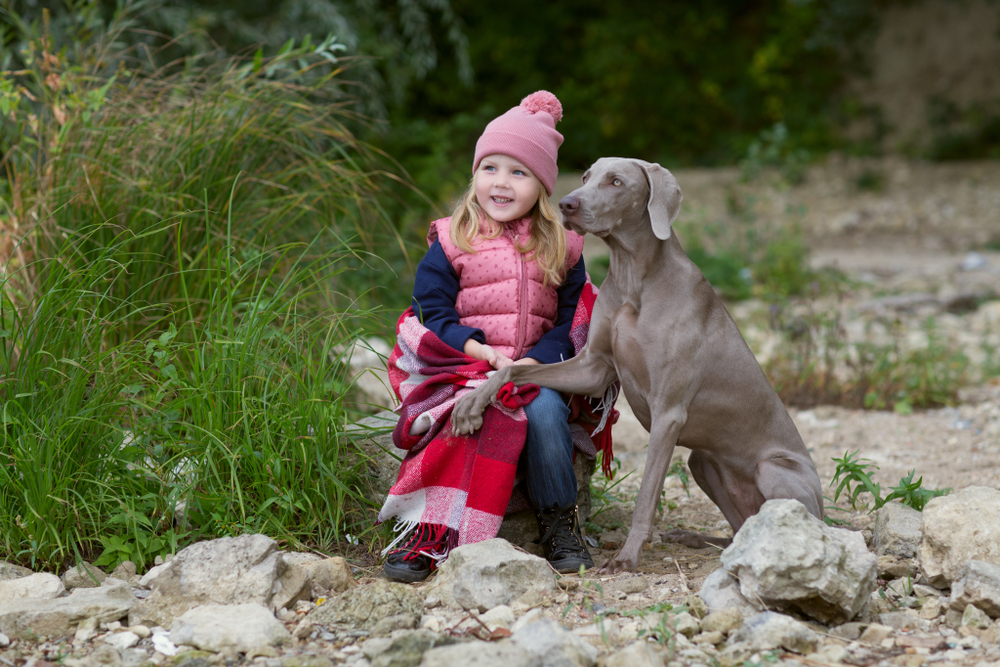

Final Thoughts
The path to becoming a B.A.R.K. Ranger starts at home. While handlers are ultimately responsible for controlling and cleaning up after their pets, dogs can also learn to improve their behavior with training and socialization. By learning obedience and manners, our canine hiking companions can follow the B.A.R.K. Ranger paradigm to ensure the safety of the habitats they explore and other hikers sharing the trails.
Featured Image Credit: Patrick Hendry, Unsplash
